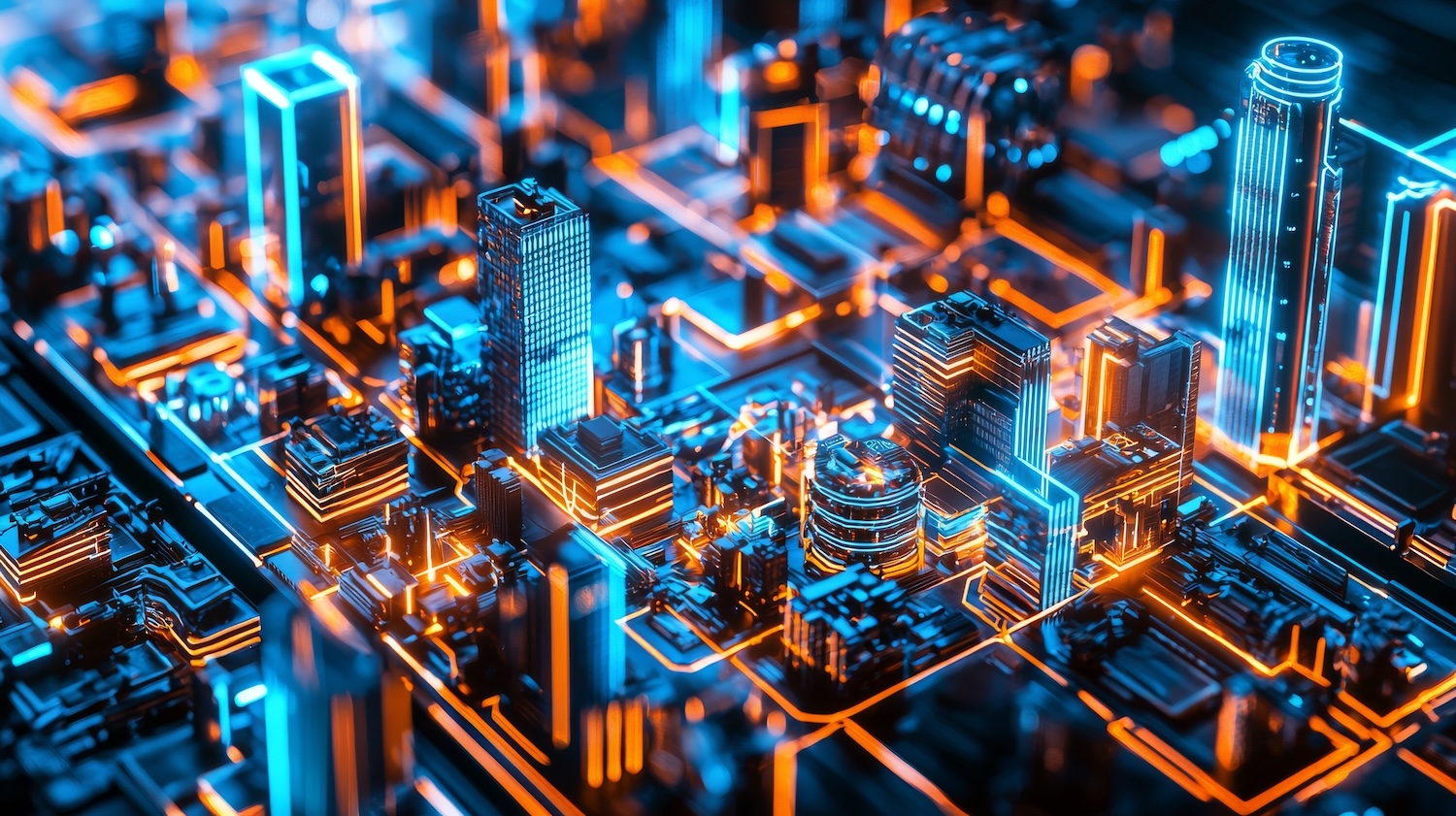
Using energy digital twins could be key to reducing costs and carbon for both new and existing buildings, says Mott MacDonald’s Santiago Velez.
Think of a major hospital with many buildings spread over a large estate, then consider the challenge, time and effort involved in improving energy efficiency across the board. It might sound like an almost impossible task, but taking a digital approach could be the answer.
Data from the Carbon Trust suggests that using energy digital twins to simulate reality could quickly deliver 20% cost savings with minimal investment. In truth, 20% might just be the tip of the iceberg when it comes to reducing financial and carbon costs that can be delivered through analysis with energy digital twins.
And that is significant when you put those savings in the context of buildings accounting for about 40% of global energy consumption and 33% of greenhouse gas emissions.
Conventional methods of energy management are reactive and less effective than the proactive approach offered by digital energy twins, which offer the potential for continuous monitoring and optimisation.
Defining twin technology
Initially developed by the manufacturing and aerospace industries, digital twins are virtual replicas of physical systems, processes or products that allow for real-time monitoring, simulation and optimisation.
They are being increasingly used to improve the design and construction of buildings and infrastructure, as well as the operational phase, and have revolutionised how the industry understands and manages complex systems. By creating a digital counterpart, engineers can predict performance, identify potential issues, and optimise operations without physical intervention.
An energy digital twin takes the concept and applies it to the energy systems in either a building during the design phase, or for an existing structure.
However, the application of the technology to improve energy efficiency is relatively new, so a consensus has yet to be reached on the definition of an energy digital twin for buildings. Nonetheless, there are some key components:
- creation of a digital model of the building, preferably in three dimensions;
- a representation of the physics that govern its energy systems, such as HVAC, lighting and other energy-consuming processes; and
- a connection to live data for real-time monitoring and optimisation.
The level of detail can be adjusted to meet the specific goals of the energy digital twin, which can be developed throughout the design process, or once the building is in use.
Assessing performance
During early design phases, high-level models can assess performance across various scenarios. During construction, more detailed digital models of HVAC systems can aid in the set-up and commissioning of energy systems. Once the building is operational, the as-built digital twin remains active, continuously updated with real-time data. This ensures a dynamic and precise depiction of the building’s energy performance throughout its entire lifecycle.
One specific application of an energy digital twin could be to simulate various scenarios that allow the most energy-efficient configurations and strategies to cut costs and carbon to be identified.
But there are wider benefits. They can also be used to plan predictive maintenance by forecasting equipment failures and prioritising maintenance tasks to reduce downtime and maintenance costs. Improved comfort for building users is another advantage as an energy digital twin can also help optimise HVAC and lighting systems based on the building’s users.
Proving the performance
Let’s go back to the hospital example to demonstrate the potential digital energy twins have to offer.
When Mott MacDonald was asked to develop a heat decarbonisation strategy for a large hospital with 60 buildings across three locations within four months, a discrepancy was identified in the hospital’s heating system, which was using twice the expected energy.
The hospital’s facilities team was aware the issue was linked to a compressed air system controlling the heating coils, but the extent of the problem was unclear.
Using an energy digital twin, it was possible to simulate and analyse the heating system’s performance in detail. This allowed the inefficiencies to be pinpointed, and the impact of the compressed air system issue understood. The energy digital twin helped the team identify that resolving the issues would cut the use of natural gas by 30%.

Existing buildings
As well as demonstrating the potential savings an energy digital twin can offer, the project shows that the models can be developed for existing buildings. Contrary to the often widely held belief that digital twins are only for new or smart buildings, technology providers have developed platforms to connect existing building management systems that can incorporate IoT devices where sensors are lacking.
Projects delivered by Mott MacDonald for complex existing sites with multiple buildings have also used data gathered from facility teams to create tailored energy models for each building.
These models helped disaggregate energy use into categories not directly metered, such as lighting, heating and cooling, especially when data was limited. Detailed analysis could then be used to predict carbon savings and identify energy hotspots that guided effective data collection and drive a better-informed strategy to deliver net zero at both site and building level.
By designing an energy digital twin that addresses specific needs, net-zero carbon goals can be achieved in existing facilities with regular data updates to check for performance against forecasts and targets.
Call for collaboration
Energy digital twins represent a transformative shift in building design, maintenance and energy management that can empower stakeholders to enhance efficiency, reduce costs and promote sustainability.
However, implementation comes with challenges, including integrating existing systems, the need for skilled personnel, and potential resistance to change. Moving forward, collaboration between engineers, facility managers and technology providers will be essential to unlock the full potential of energy digital twins.
Don’t miss out on BIM and digital construction news: sign up to receive the BIMplus newsletter.












